Theresa Hak Kyung Cha, Sb Fuller, Liu Jiayin, Nancy Lupo, Alan Michael, Mark Von Schlegell
(A.) Orality; Or, a General Assembly on a Delay
Works

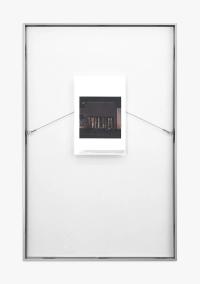
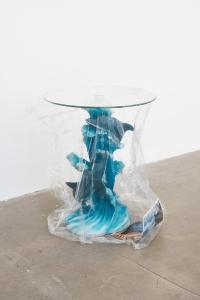
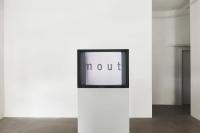
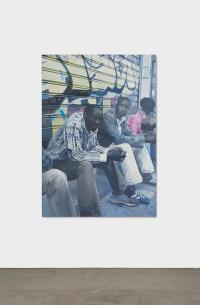

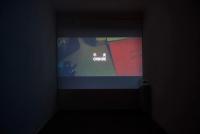
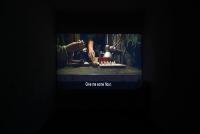
Installation Views
Press Release
(a.) Orality; or, a general assembly on delay February 17 - April 7, 2018 Theresa Hak Kyung Cha Sb Fuller Liu Jiayin Nancy Lupo Alan Michael Mark von Schlegell
There is a scene in the second film of Liu Jiayin, Oxhide II (2009), where the entire shot, one of only nine, is near-to-completely blocked by a silver steel swivel lamp. The lamp is never used other than in the opening shot—by the father who needs it to shine light on the activity of stitching a leather hide—but this moment of obstruction, extended through the fleetness of minutes, both obscures the family gathered around the table making dumplings and also brings you into even closer intimacy with them. It is because you are blocked that you are nearer to them.
What is carried consistently in the film is the voice of each, the mother, the father, and the daughter, Jiayin, herself. Bodies pass in and out of frame, or the frame looks elsewhere without particular regard to their actions, but what keeps going is the casual conversation held between the three. Their voice allows it to shift between document and narrative, but it is also that which provides a fuller image of the family. But, again, this voice—this orality as it were—does not provide an immediate understanding or even complete image of the family’s situation, indeed, as the voice is that which never syncs up,1
1 See Soyoung Yoon, Do A Number: The Facticity of the Voice, or Reading Stop-and-Frisk Data, Discourse v. 39, n.3, Fall 2017 special issue“Documentary Audibilities,” where Yoon discusses the performative function of the voice as that which gives body to the gap between information and its referent.
there is misinterpretation and duration: the telling takes time and continues long after the shot has been completed.
This act of delay and its agential cohort—blocking, deleting, endarkening or otherwise distracting and distancing—is prudent not least because it negates our attempt to control what we see, but more that it allows for one to get to know something better The thesis of the show is rather simple, then. For this exhibition, the one consistent will be the screening of the two films by Liu, Oxhide (2005) and Oxhide II (2009), beginning and ending at opposing ends of the work day, starting in the morning when the gallery opens and ending as the gallery closes, each film taking its allotted time, respectively. Acting then as a frame—this frame being quite literal as her films accentuate the static shot—these two films will also determine themselves as parentheses to the other works that fall into association with the themes of Liu’s work: intimacy, ecologies of labor and social uncertainty, the delay of desire, and the slow exigency of beauty.
In this form of delay will be the singular focus of an artist or writer, with the equally restrained focus of an individual body of work, in the gallery space for a single week. The purpose of this is to not have everything at once. Indeed, it is to not give you everything at once. The telling takes time.














